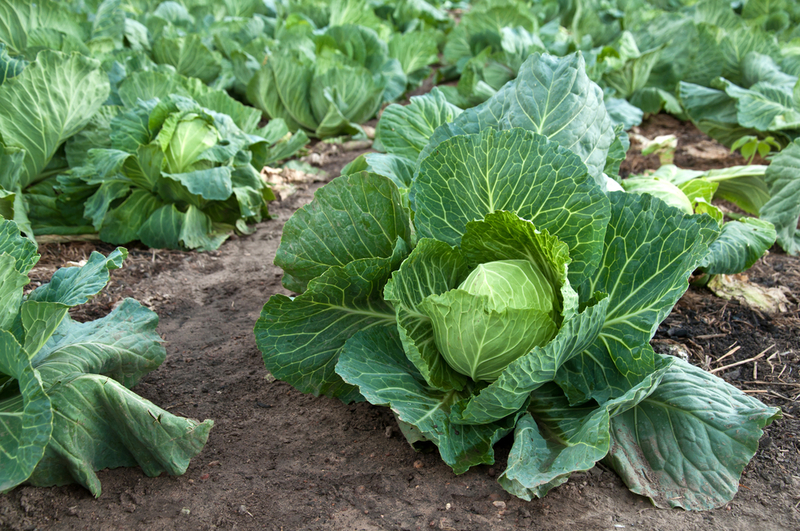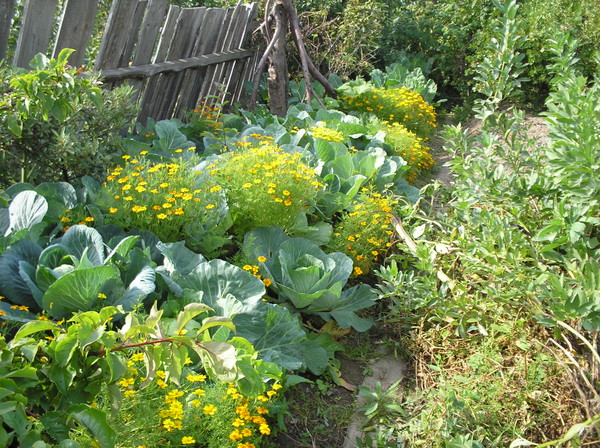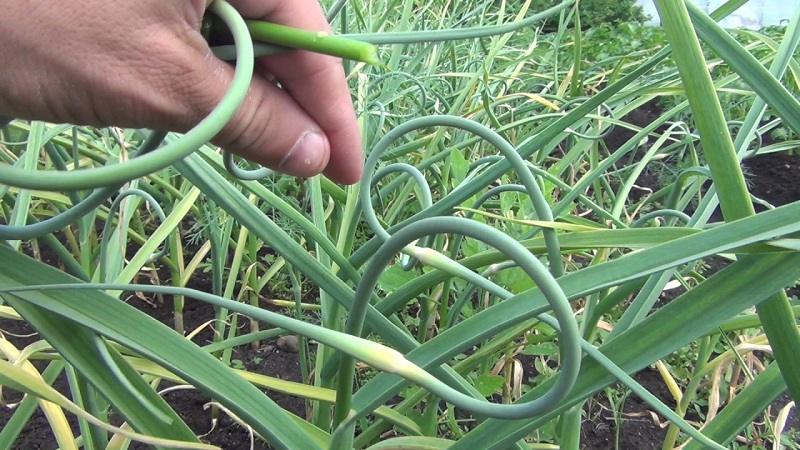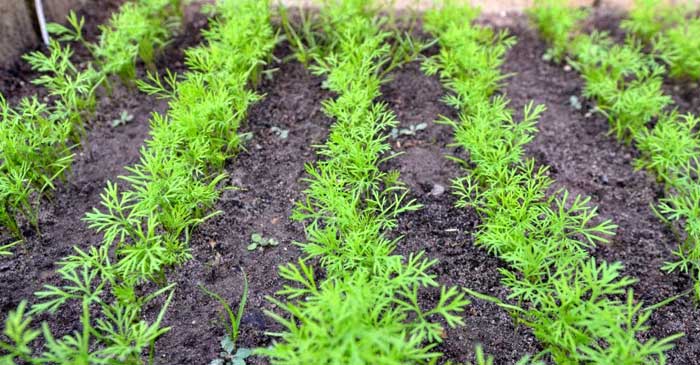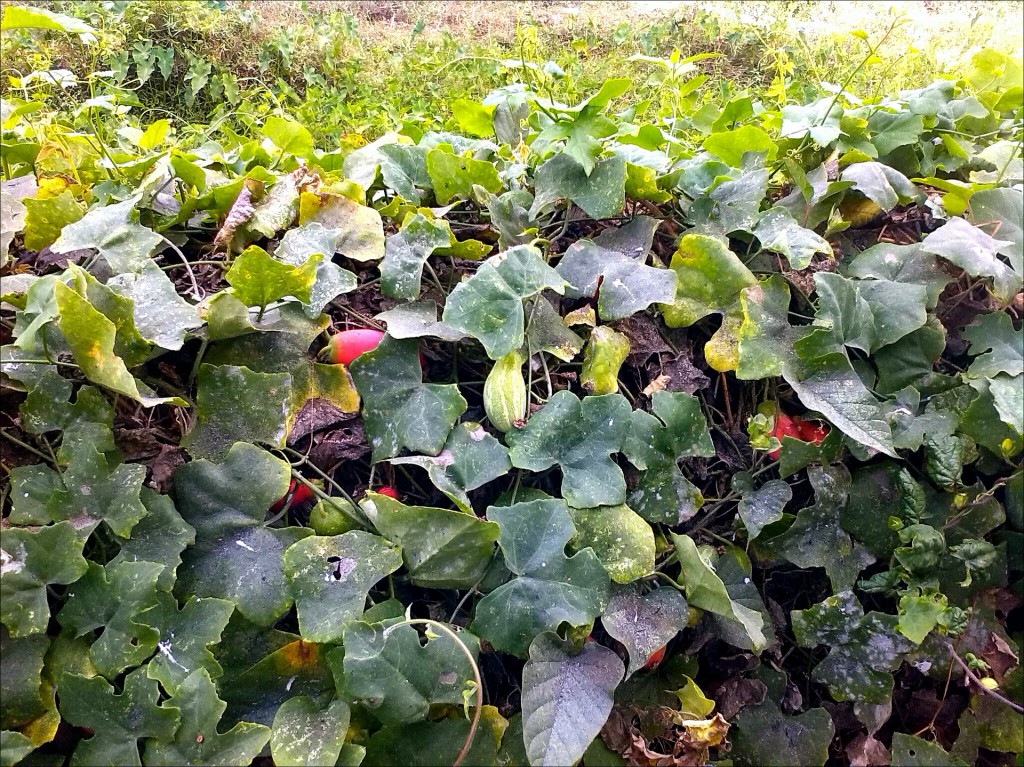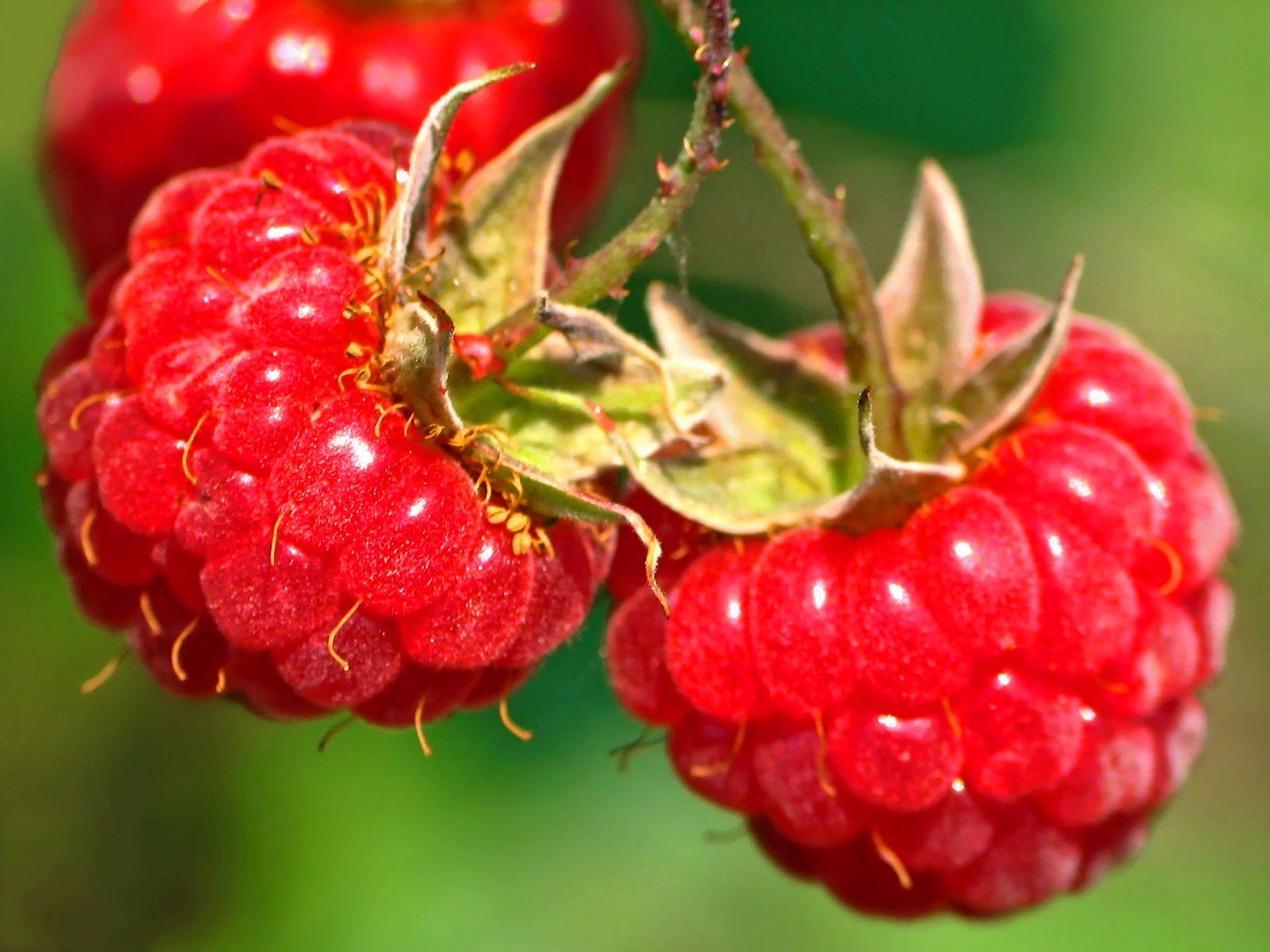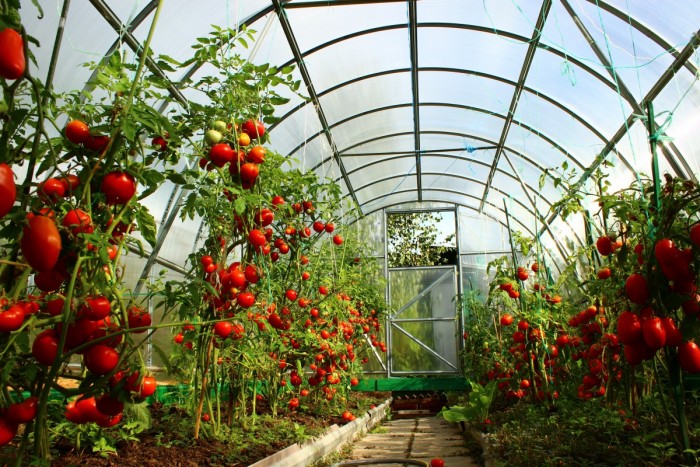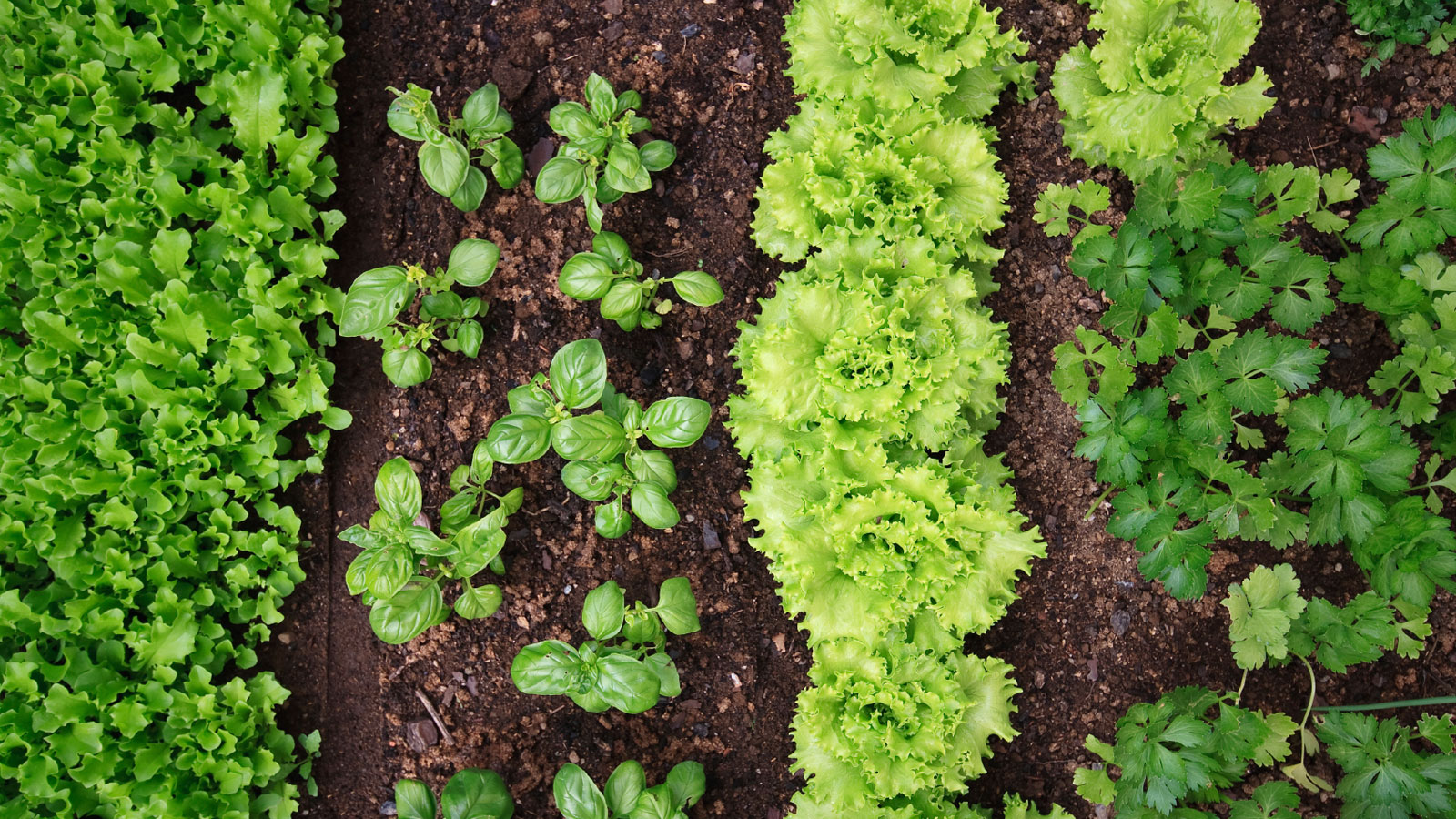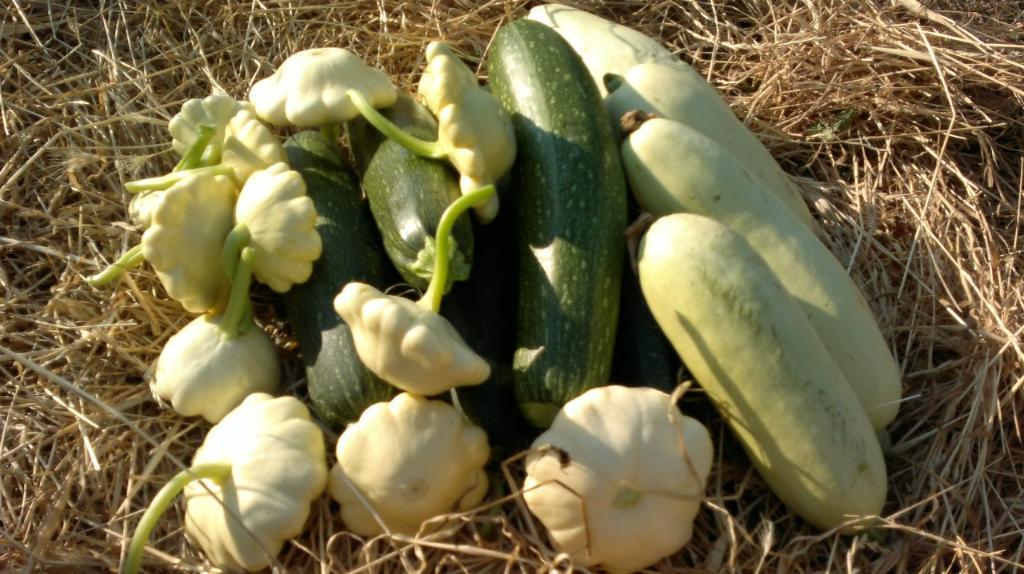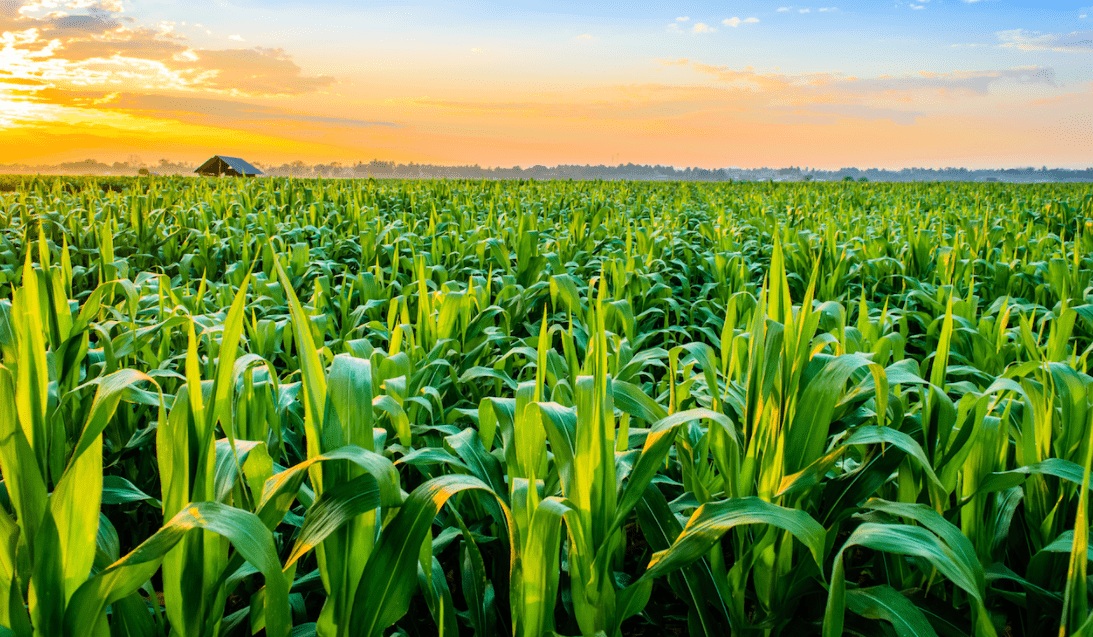Content:
Cabbage is a popular vegetable in Russia, grown since ancient times on its territory as one of the main garden plants. She is not demanding on the soil, does not need constant care, is not afraid of frosts that can destroy other crops. Its only, not its strongest side, is its attractiveness to all kinds of pests who have chosen cabbage more than other vegetables. This is not just a lot of trouble, their invasions have become a real scourge for all gardeners involved in its cultivation.
Among the most common enemies of the culture are the slug that uses the leaves as an incubator for breeding, the caterpillar that mercilessly eats them, small pests such as aphids and fleas, and the seemingly harmless cabbage butterfly. All of them cause damage, and their massive attack can destroy the entire harvest and the fruits of many months of labor. Not everyone knows, but some plants, cabbage neighbors, growing nearby in the garden, can scare away hordes of insects and caterpillars. Planting them is the most optimal option for dealing with many pests, which does not allow dominance.
General information about culture
Cabbage is one of the first vegetables cultivated by our distant ancestors, long before cereals. Its cultivation began when the ancient man just started to move from gathering to a sedentary lifestyle. Its history goes back thousands of years, and during this time it has changed beyond recognition. Initially, even its appearance was rather far from what is now usual, the ancient plant looked more like a weed - it had a long stem with small, sparse leaves. Actually, this is a wild-growing cereal that is found today, and it took many centuries of selector activity to turn it into a tight, juicy head. Admittedly, it was quite productive - at the turn of the new era, the Romans already knew about a dozen varieties of this culture. By the beginning of the 19th century. there were up to 30 of them, at the moment there are hundreds of varieties and species of Brassica oleracea - garden cabbage.
Most popular varieties:
- Amager is the most popular and widespread on the territory of Russia, included in the State. register, as the most recommended for cultivation in all regions of the country without exception. Refers to late frost-resistant varieties, ripening in the period from 120 to 150 days after the appearance of the first shoots. With a high yield of up to 60 tons per hectare;
- Broccoli is a type of asparagus cabbage and the closest relative of cauliflower, quite common in the Central Volga and West Siberian regions of the Russian Federation. It is prized by Russian gardeners for growing best in damp and cold climates. It belongs to medium-ripe, frost-resistant, ripens in 90-110 days, yields are small - 5-6 tons per hectare;
- Kohlrabi is another uncharacteristic variety, called the "queen" and "cabbage turnip", due to its cold-resistant characteristics, widespread in all regions of Russia. Refers to late crops, the growing season is 110-130 days from the moment of emergence. It does not have a high yield - 5-7 tons are harvested per hectare;
- Legate is an ultra-early white-headed variety bred by French breeders, which is widespread in the North Caucasus, included in the State. register for this region.It is resistant to disease and frost, ripens 55-60 days after planting in the ground. Refers to high-yielding - collect 190-230 centners per hectare;
- Cyclone is a mid-season Dutch white cabbage variety common in many regions of Russia, but it is recommended to grow it in the Central Federal District. Frost-resistant, ripening in the period from 100 to 110 days after planting in open ground. It has a high yield - from 1 hectare, on average, 520 to 750 centners are harvested, the maximum recorded level was 1125 centners / ha.
Neighboring cultures
Cabbage varieties are strikingly different from each other, but the same pests are of interest to almost everyone, especially in the case of white cabbage. Many plants located in the immediate vicinity are able to have a beneficial effect on the "neighbor", protecting it from the attack of pests, repelling them and at the same time improving the soil itself. Others, on the contrary, are not recommended to be grown next to cabbage beds - their influence is completely different and can harm even more. Therefore, in order to get a good harvest of a healthy vegetable crop, you need to know what to plant next to the cabbage.
Many gardeners are suspicious of such methods of combating parasites, considering them untenable, belonging to the category of "grandmother's tales." However, biologists argue that this is the most effective and safe way to protect against pests of all stripes. No one will deny the obvious - all plants emit signals that have an attractive effect on the sense of smell of insects, aimed at attracting them for pollination. Cabbage is no exception in this, but it cannot group insects into useful and harmful ones, acting equally on the sensilla of both. In addition, on the latter it is much stronger than it attracts all kinds of midges, butterflies, fleas and beetles, which are not averse to eating juicy leaves and laying eggs on them. That is why it is necessary to plant phytoncide plants nearby, interrupting these odors and replacing them with their own, not only not attractive to insects, but also frightening them.
Positive influence of predecessors
At an early stage of growth, while the cabbage remains seedlings, the greenhouse protects it from parasites, but after planting in the ground, it becomes the object of close attention. This is the most difficult period for her - too few phytoncide plants in the spring are able to provide real support, because they themselves are still too small. But it turns out that last year's crops grown in the same place can also indirectly protect. Much depends on the observance of the correct crop rotation - it helps to increase yields up to 50%, reduce the level of danger from insects and protects against various diseases, especially fungal ones.
The rules and guidelines are as follows:
- You should not grow cabbage in one place, it draws out a lot of nutrients from the soil and gives it too little. After 3 years of cultivation in the same area, the yield of the crop will decrease to its minimum values - its actual wildness occurs;
- It is recommended to change places annually and plant it not just in another, but in the one where grain crops (rye, barley, wheat) were grown before - for large agricultural land. Or root vegetables (potatoes, turnips, carrots, beets, celery) - if this is a vegetable garden;
- The next year, it is recommended to plant onions and garlic at the place where the cabbage grows. But planting root crops, the same as the year before, will also be appropriate. This is how the rules and specifics of crop rotation are observed.
Positive neighborhood
Next, you need to figure out what to plant the cabbage with in the neighborhood, and which plants have the greatest positive impact on promoting its healthy growth. First of all, these are vegetables and herbs with a strong fragrant and pungent smell, which form a kind of tandem with it. In the wild, such a union is not uncommon, but on the farm it will need to be created artificially. Best neighbors of cabbage:
- Dill must always coexist next to it, its spicy aroma is deadly for the larvae of the scoop - the worst enemies of cabbage. It is almost impossible to find them, they do not like light and high temperature, and therefore during the day they remain in an underground shelter, hiding right at the root. They get out of the ground at night and eat juicy leaves with an enviable appetite. Dill itself is not scary to them, but predatory insects such as entomophages like it - attracted by its smell, they quickly destroy the scoop population. In addition to protective functions, dill growing side by side gives the heads of cabbage a unique taste;
- Tarragon planted near cabbage beds acts in much the same way as dill, being a real disaster for the scoop. In addition to the fact that it lures predatory insects that eat fat brown caterpillars, tarragon is personally unpleasant to them, thanks to which the larvae of the scoop try to stay away from it. A fragrant plant is also effective - it dares the miner moth, this is another pest that prefers cabbage. Tarragon bushes disorient the moth, if they grow nearby, it, guided by instincts, flies around them and will not sit nearby;
- Useful neighbors include sage, hyssop, savory - their fragrant aroma affects pest butterflies such as whitefly, cabbage, whitefly, like a stuffed raven, they really do not like its smells. He does not like earthen flea beetles and green barids. Mint and wormwood, which have strong, intense odors, interrupt the emanating from cabbage, thereby masking it from most parasites that target sensilla in search of food. The mint aroma, calendula and chamomile, irritate the senses of ants - they themselves do not harm the cabbage, but bring aphids to it for "grazing" on the crop;
- The most useful of possible neighbors are marigolds, beautiful and bright flowers, but possessing a pungent, specific odor that is unpleasant for most insects. He is especially afraid of his white moths, who mine moths, using the cabbage leaf as an incubator for breeding. Their larvae cause terrible harm to the culture, are among its worst enemies. If the beds are planted with marigolds, they will lose their attractiveness for flying and crawling insects. Phytoncides emanating from a plant that spreads them with the help of leaves and roots scare away butterflies with moths, as well as a bear and aphids, protect against nematodes and fungi;
- Protective elements that frighten many pests are contained in the leaves of all types of lettuce, cauliflower gets along especially well with them, with which it will not be superfluous to plant it next to, but not the best option. Salads draw nutrients from the soil that it needs for normal growth, being a direct competitor. But, in addition, they stimulate the active root formation of a neighboring culture, protect it from the dominance of earthen fleas and such dangerous enemies of all vegetable crops as the ubiquitous bear, acting on it like polycarbonate;
- Cucumber has excellent protective properties, but it does not protect cabbage through smells. The plant has thorny, curly stems and rough leaves - traumatic surfaces for slugs willing to feast on cabbage leaves. Planting cucumbers around the beds creates a living barrier, insurmountable for slugs and snails with delicate bodies, they cannot physically penetrate it, preferring to stay away from such plants. They will not allow them to make this planting of onions, rosemary, garlic, sage, chicory, which drive away slippery parasites with a smell;
- In many ways, the question remains controversial: is it possible to plant cabbage next to tomatoes. Such a neighborhood is useful, a tomato, like fragrant herbs, has a strong specific smell, unpleasant for many insects and caterpillars, creating a protective shield. But not all varieties are positively perceived by their close proximity, and in general vegetables of the Cruciferous family do not get along well with tomatoes that attract white women. Experienced summer residents who use the features of tomatoes to fend off pests are advised to plant them around the perimeter with marigolds.
Unfavorable neighborhood
In addition to useful ones, for culture there are many not the best, unwanted neighbors and those that cannot be planted nearby. The poor compatibility of white cabbage with other plants is expressed in their popularity among various insects, or they take away nutrients from it, competing for resources.
Plants with a bad influence:
- Unwanted neighbor - nasturtium - flowers related to phytoncides scare away white flies and moths, but at the same time attract aphids, one of the worst enemies of cabbage, despite their small size, which can ruin the entire crop;
- Bad neighbors are: carrots, turnips, radishes, caraway seeds and parsnips - unlike nasturtium, they are quite attractive for whitefly butterflies and miner moths, which lay a large number of eggs on them, and the larvae then crawl to the cabbage beds;
- The culture does not get along at all with such plants as: levkoy, parsley, whose aromatic properties, in this case, only harm, peas, bush beans, strawberries and garden strawberries, saturating the soil with substances incompatible with cabbage;
- Planting spinach nearby is undesirable - the same moisture-loving culture as cabbage, it consumes much more moisture, thereby depleting the soil, due to which the latter has a delay in the growth and development of root fungi;
- The same bad neighbor is tomato, pepper and celery, which require a large amount of nutrients necessary for a crop growing nearby, in this case they take away from it not moisture, but the valuable nitrogen content;
- Not the best option - planting white and colored varieties on the same bed, different varieties get along extremely poorly with each other, despite family ties, as a result, their yield decreases;
- Fennel is reasonably considered the worst neighbor of all plants - it is distinguished by its aggressiveness towards vegetables growing nearby; it is better to exclude it altogether from the number of crops grown in a summer cottage or a backyard plot.
It is possible to grow a good harvest of healthy cabbage without chemicals, to which it is quite sensitive, using the natural features of other plants. By delving into this simple method, you can discover many new possibilities without resorting to aggressive drugs. It is only important to know which vegetable or cereal is compatible and incompatible, what benefit or harm it can bring.
Most positive plants:
- fragrant flowers and herbs - mask the cabbage smell and drive away most pests;
- marigolds and marigolds - effectively scare away the cabbage fly, white butterfly, moths and aphids;
- parsnip - attracts predatory insects that devour larvae and caterpillars;
- zucchini and cucumber - are a human shield for mechanical protection from slugs and snails;
- dill and leeks - scare off most crawling parasites: caterpillars and larvae;
- rosemary and thyme - unpleasant to all, without exception, beetles that avoid them;
- onions and garlic - drives away aphids carrying ants.
